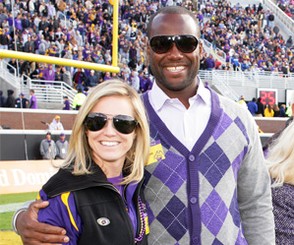

The Cullinan I, dubbed the Great Star of Africa, is the largest diamond in the world, and will also appear at the coronation, mounted in the Sovereign’s Sceptre with Cross.Īhead of a state visit from the President of the Republic of South Africa, Cyril Ramaphosa, in November 2022, activists raised concerns about the Cullinan diamonds. The Cullinan III (known as the Lesser Star of Africa), IV, and V, all smaller jewels cut from the original, are now being set into Queen Mary’s crown. The Times previously reported that the original Cullinan diamond-the largest ever found-was mined near Pretoria in 1905 and given to King Edward VII by the South African government. It has also been noted, however, that the Cullinan diamonds have a complicated history of their own. But when is the myth that the diamond was ‘reputedly gifted’ going to stop being peddled? Its surrender was clearly written into the 1849 Lahore Treaty.” She added, “The surrender of the gem was demanded in the treaty by the East India Company, together with the annexation of Punjab-all from its 10y/o king, Duleep Singh.” Priya Atwal, a historian of empire, monarchy, and cultural politics, said on Twitter, “It does feels like a big shift that the #Kohinoor is not going to be used in the #coronation. It has been worn by a number of British queens since then, set in various pieces first Victoria then Queen Alexandra, wife of Edward VII Queen Mary of Teck, consort of King George V, who had it set in a new crown created by Garrard for their coronation and most recently the Queen Mother, who showcased the jewel in a new crown for her coronation as queen consort alongside her husband, King George VI, in 1937.ĭr. And in 1849, after imprisoning Jindan, the British forced Duleep to sign a legal document amending the Treaty of Lahore, that required Duleep to give away the Koh-i-Noor and all claim to sovereignty. As Smithsonian writes, “At the end of the violent period, the only people left in line for the throne were a young boy, Duleep Singh, and his mother, Rani Jindan. It can be traced in written record back to the 17th century, according to Smithsonian magazine and was one of two jewels that featured as the centerpieces of the Peacock Throne, commissioned by Mughal ruler Shah Jahan.Īfter the British annexation of the Punjab in 1849, the diamond was acquired through force by the East India Company following the Anglo-Sikh Wars and came under the ownership of Queen Victoria in 1850.


One of the largest cut diamonds in the world, the 105-carat Koh-i-Noor diamond originally hails from India. It has also been confirmed the controversial Koh-i-Noor diamond, which has come to be associated with the queen consort role, will not feature in Camilla’s coronation crown. Queen Elizabeth II and the Duke of Edinburgh on the day of their coronation, Buckingham Palace, 1953 Print Collector/Getty Images


 0 kommentar(er)
0 kommentar(er)
